#Piper GTT
Photo

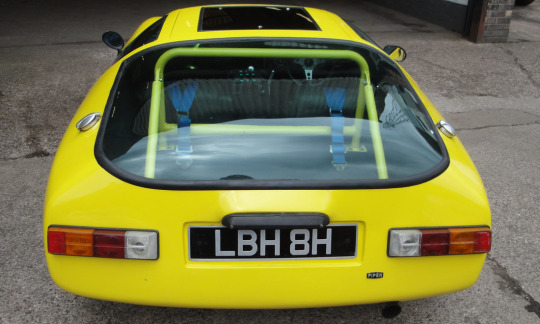
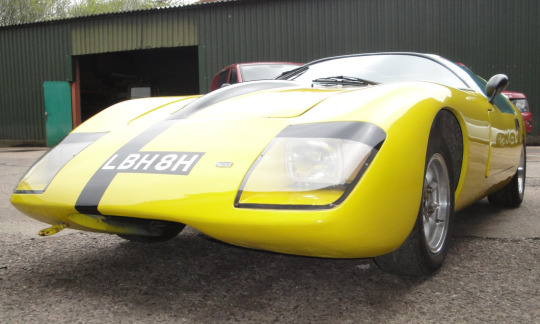
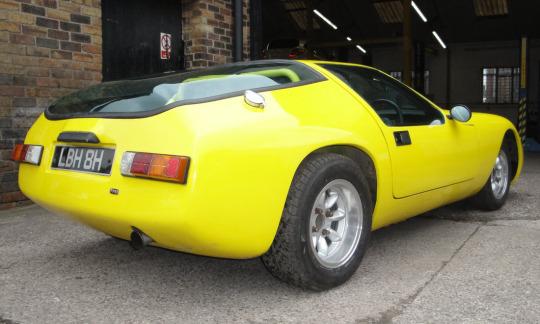




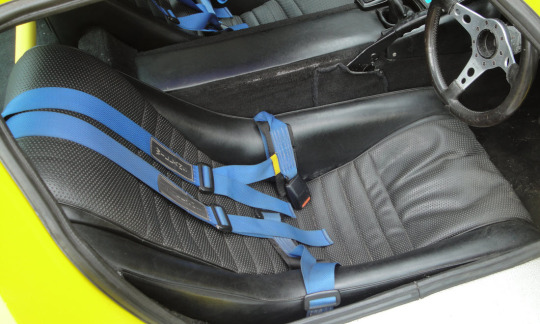

Piper GTT
Before the dominance of the big conglomerate car manufacturers took hold in the late 1960s, there was room in the market for niche companies whose products fulfilled the demands of a few drivers who wanted something a little different to the everyday, somewhat bland mainstream offering. Some companies such as Lotus thrived and are still with us while the likes of TVR have come and gone (several times), hopefully to return. Others had their day in the sun but ultimately disappeared after a relatively brief but bright life; Piper sits firmly in the later camp. Though the end results were fairly diverse, these companies’ approaches had remarkable commonality with cheap to produce fiberglass bodies (no need for expensive tooling which required high production volumes to amortise its costs) sitting on bespoke chassis while their running gear, which was financially impossible for a small business to develop and manufacture, was sourced from the industry’s major players.
Piper were kept pretty busy trying to build cars so production records are sketchy to say the least and it is thought that just eighty road cars and some twenty racers were built making them rare beasts today, though their survival rate is undoubtedly higher than that of propriety sports car such as say MGBs.
Formed in 1966 by ex-racer George Henrotte, owner of Campbell’s Garage (hence the Scottish Piper logo and company name) in Hayes, Kent with the able assistance of engineer Bob Gayler (ex Harry Weslake), machinist Ken Packham and artist come designer Tony Hilder who had been responsible for the McLaren M1A, their first ‘whole car’ effort started as an evenings and weekends project until a customer, Gerry Hall, showed an interest in buying one. With his role as Works Gemini Formula Junior team manager winding up, Henrotte gave the green light for a limited production run of the pretty sports racers with four being completed for customers to add their powertrain of choice to; Hall put an Alfa Twin Cam in his, Bobby Bell a Lotus Twin Cam while racer Jerry Titus opted for a Buick V8. With a Mallite (balsawood/alloy sandwich) monocoque F3 car another Piper product, the company was building a reputation as a hotbed of outside the box thinking and a road-usable GT car was the next project. Approached by some Austin Healey Sprite racers who were looking for a light and sleek home for their running gear, a mock-up of what was to become the Piper GTT was shown at the 1967 Racing Car Show, apparently yielding an impressive seven hundred enquiries.
With Henrotte being kept busy with the tuning side of the Piper business, there was a timely intervention by Clubman racer Brian Sherwood who had not only bought a Piper GT but as the Sprite guys gradually fell by the wayside, was instrumental in more suitable Ford components being introduced at the expense of the BMC kit. With Sherwood now very much hands on, the Company was split with car production moving to his Wokingham premises while Henrotte concentrated on the aftermarket components business, though the companies remained closely linked both financially and practically. Through the late 1960s production increased from a drip to a trickle until Bill Atkinson, an enthusiastic GTT owner who had joined the company in the summer of 1969 as Works Manager, and Tony Waller (Sherwood Holdings’ Company Secretary) made great strides getting the GTT into some sort of series production.
Instrumental in saving Piper’s car business, Sherwood was at heart a racer and he took them on an ultimately ill-fated foray to Le Mans in 1969 with the ultra-low, mid-engined GTR, an ambitious project that is thought to have cost £250,000. His untimely death late that year coupled with strikes at Ford ultimately resulted in the company being wound up in June 1971, despite the strong progress being made by Atkinson and Waller on the car production and development front (the longer wheelbase P2 was eventually launched in early 1971). However, this was not quite the end of the road for Piper; reborn as Emmbrook Engineering under the same management team, the Piper P2 remained in production until 1974.
38 notes
·
View notes
Photo

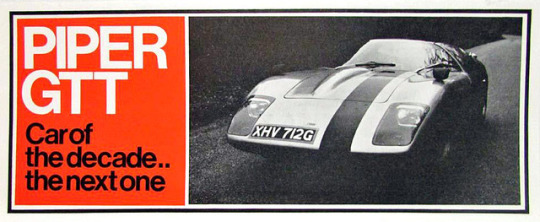

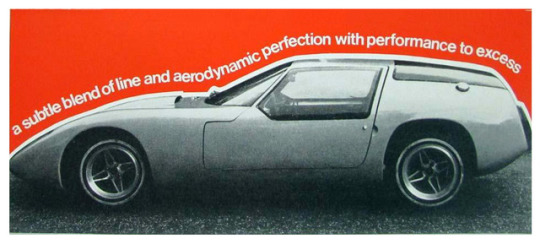
Piper GTT, 1969. A British sports car powered by a modified Ford Cortina GT engine that was mounted behind the front axle. The GTT was wind-tunnel tested, unusual for a small manufacturer at the time. Its 520kg weight combined with the Ford’s 115hp and good aerodynamics ensured sparkling performance.
112 notes
·
View notes
Photo

Piper GTT @ Sodegaura
@carsthatnevermadeitetc
120 notes
·
View notes
Note
Emena m dineis ligo aron piper vibes dk gtt😂
Μου το λενε συχνα αυτο:))
7 notes
·
View notes
Photo

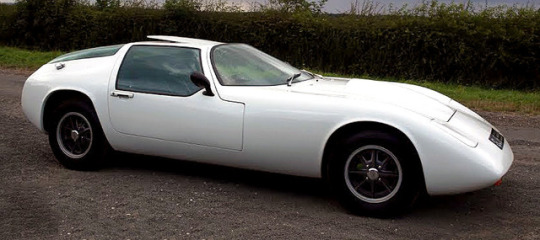


Piper P2, 1971. A more refined version of the GTT, the “Phase 2″ had a longer wheelbase, concealed headlamps and improved build quality. However a strike at Ford’s motor works leaves Piper without engines and they are forced to declare bankruptcy in 1974
#Piper#Piper P2#british sports cars#front-mid engine#1971#1970s#concealed headlamps#dead brands#ford engine
98 notes
·
View notes
Photo


Piper GTS, 1970. The racing/track version of the Piper GTT
73 notes
·
View notes